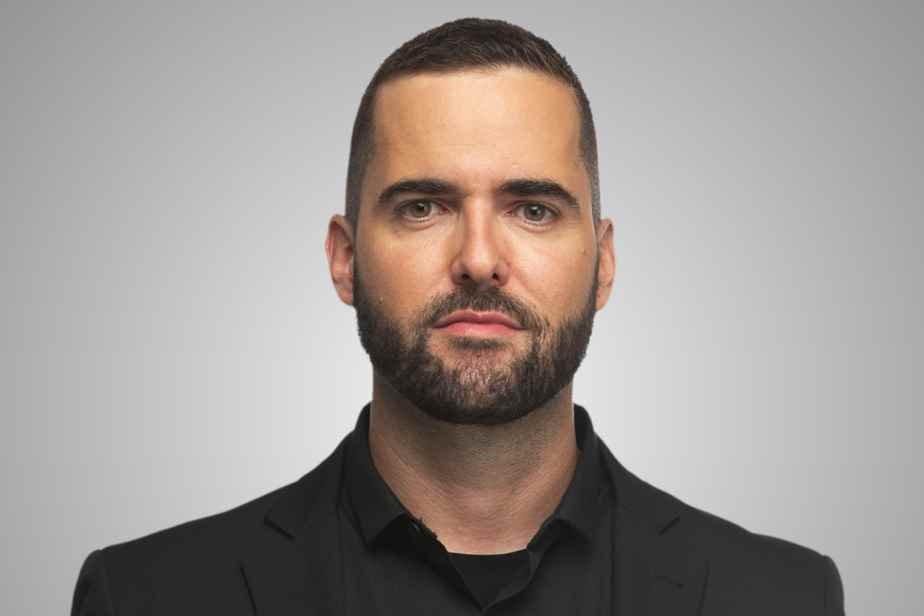Good news: Montreal has managed to stop its demographic hemorrhage.
The metropolis gained 14,000 inhabitants last year, we learned this week, after losing 48,000 during the first year of the pandemic. This gain is essentially attributable to immigration, since thousands of Montrealers continued to go into exile in other regions of Quebec.
It’s not enough to break the champagne, but it’s already better than a net loss.
Other encouraging news: the city center regained three-quarters of its pre-pandemic pedestrian traffic in December. This is much more than in Toronto (44%) and Vancouver (58%), according to a “vitality index” calculated by the firm Avison Young using cellular data from thousands of users.
The Montreal patient is stabilized, therefore.
But his condition is likely to deteriorate, and not just a little.
Telework, which is not a fad, will continue to empty entire floors in office towers. The vacancy rate has doubled in the business district since the start of the pandemic, to 18%.
Today, there are more than nine million square feet of office space vacant or available for sublet. It’s the equivalent… of six times Place Ville Marie!
As if we piled up 282 floors of offices, completely emptied of their workers, who will no longer eat in restaurants, shop and see shows.
And the situation will continue to deteriorate. According to the Altus group, the vacancy rate could climb to 29% in downtown offices within four years.
It bodes very badly.
Montreal will once again have to reinvent itself. The Plante administration will not be able to procrastinate if it wants to prevent the city center from ending up in palliative care.
There are many small things to do quickly to make the business district more attractive.
Among these: emptying the garbage cans and picking up the rubbish that litters many stretches of the street. Put away the orange cones and the orphan traffic signs that abound during the winter break from construction sites. Applying abrasive – or using the famous “ice-cruncher” – on sidewalks often as slippery as a skating rink, which has obviously not been done everywhere in recent days.

PHOTO DOMINICK GRAVEL, THE PRESS
Small gestures could help revitalize downtown, such as picking up trash cans or putting away orange cones and other traffic signs that aren’t in immediate use.
In short, keep the house in order if you want to welcome visitors.
Several lights are red, but Montreal is in a much better position than many other major North American cities to face the challenges of the coming years.
One of its great strengths is that its city center is inhabited. More than 20,000 new residents have moved into the Ville-Marie borough over the past decade. They number around 105,000 today, and thousands more will soon be added, as several large residential towers are nearing completion.
These inhabitants will continue to support at least part of the businesses in the city center.
Another element reassures me somewhat: last fall, the City created a new position responsible for economic development and real estate strategy. The one who inherited it, Philippe Krivicky, has a long experience in the business world, as found too little in the Plante administration.
With his team, he is in the process of putting some order into the dozens of priorities that had been established over the past two years for the future “Downtown Strategy”. The objective: to refocus the exercise on a handful of concrete priorities, which will give a clear direction to the revival of the business district.
This pruning could avoid ending up with a strategy that looks like an all-dressed pizza, but stuffed with empty calories.

PHOTO DOMINICK GRAVEL, THE PRESS
Several downtown businesses closed during the pandemic.
The City will table this strategic plan next March or April, Luc Rabouin, member of the executive committee responsible for economic and commercial development, confirmed to me on Thursday. The plan was developed in collaboration with several high-level players from the cultural and business worlds, including Phyllis Lambert, Michel Leblanc and Monique Simard. It’s promising.
The City is not at all in “panic” mode with regard to the desertion of office towers, Luc Rabouin assures me.
The Plante administration is convinced that downtown will remain the “economic heart” of Quebec and that new start-ups and international organizations will occupy part of the vacant premises.
Beyond positive thinking, Montreal intends to reduce bureaucracy to simplify the realization of real estate projects, including the conversion of offices into housing. An announcement to that effect will be made within about a month, as I wrote last Saturday. The devil will be in the details.
Among other ways to (re)give luster to the business district, the City wants to invest $1 billion over the next 10 years to beautify and green public spaces like McGill College Avenue. It will also try to further strengthen the cultural character of the city centre.
The next few months will tell us if the Plante administration will be able to deliver a concrete and achievable plan. The survival of the city center depends on it.
